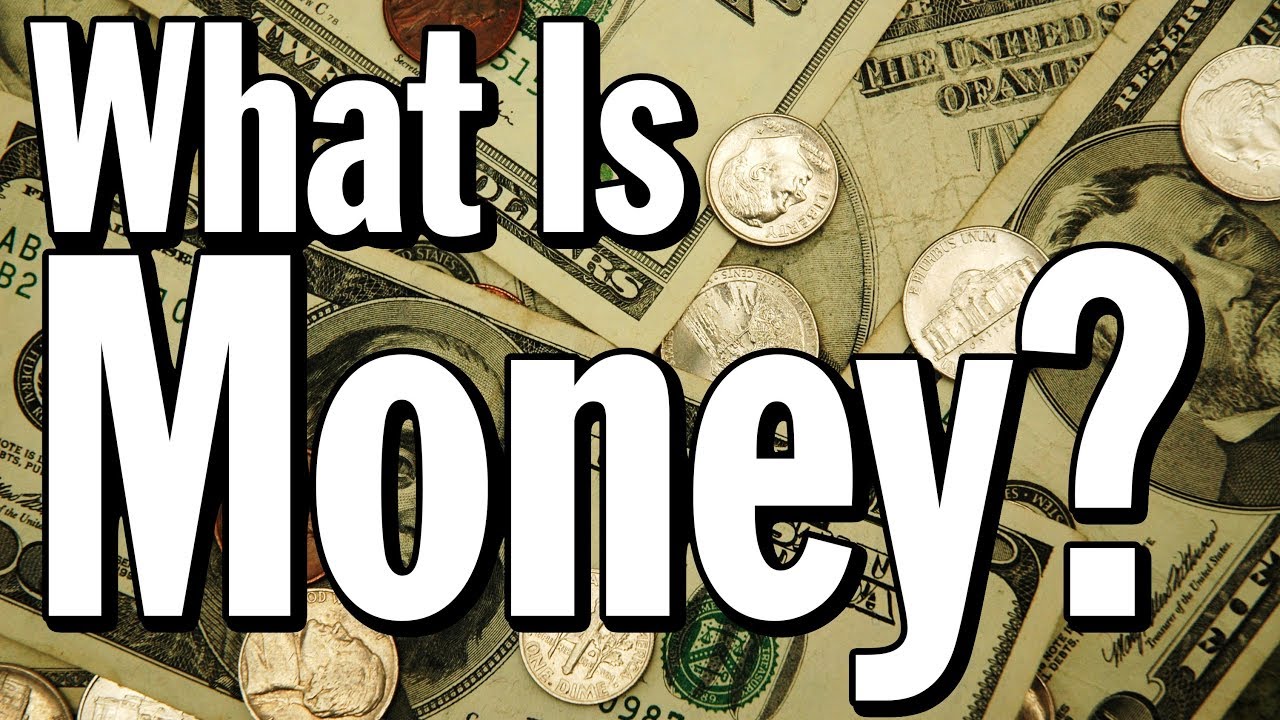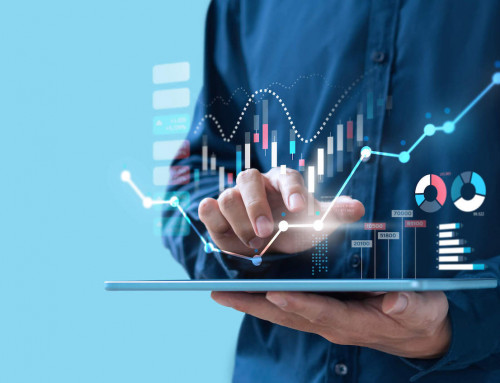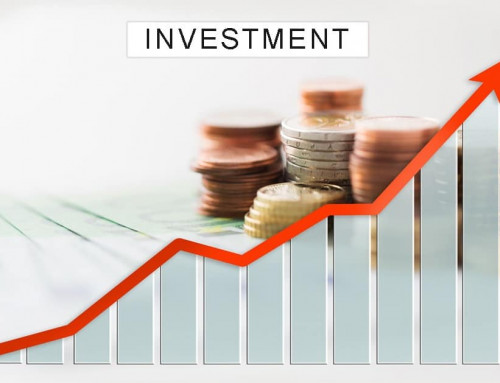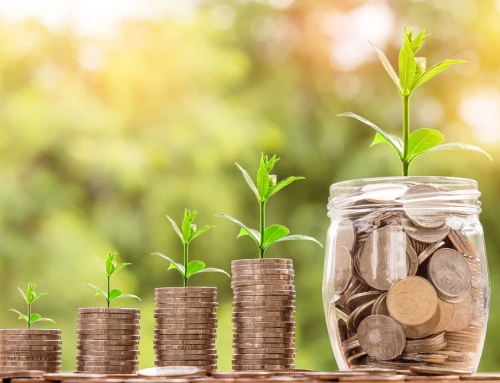The Oxford English dictionary describes money as “A current medium of exchange in the form of coins and banknotes.”
But what exactly means this, and how is its development? How do we switch from exchanging livestock with goods, to be able to exchange money “invisible”, such as electronic and virtual money, for goods and services today?
We will briefly explain the answers to these important questions and what is money as a logical first step in your journey to master the art of money. Insights about the development of interesting money will provide a useful historical background, as a basis for everything that follows.
Initial days of money
On early days, long before the money was found, people exchanged or exchange goods and services, through a system called Barter.
This allows people who have one thing, to exchange it for other things they need or want. For example, if John is a chicken farmer, who has hundreds of chickens, but wants some wheat to make bread for sandwiches, he must find someone who grows and has wheat.
Once he found people who had wheat, he then needed to barter, which means “exchange” with them, and switches the chicken with wheat.
Let’s assume that John goes to the local market and finds Ava, who plants wheat. Barter discussions can then begin, which may occur like this:
John “Hey Ava, I need a bag of wheat to make bread, I will exchange one chicken with one wheat bag.”
Ava “I don’t think so John, wheat in a short supply this month, so I want four chickens for my wheat bag.”
John “Four Chicken For A Sekong Wheat! It was only a month ago. ”
Ava “Okay, I can go down to three chickens, but that’s as low as I can.”
John “Three chickens are still too much, my best offer is two chickens, and only that.”
Ava “You encourage John, but Price agrees, two chickens for a bag of wheat.”
John has been barter and agreed to exchange two chickens for one wheat pocket. So the “price” of one wheat pocket, on that day, is two chickens.
But what if John also needs seeds to feed his chicken, some straw to feed his horse, some apples for himself, and also that of Thatcher services, to improve leakage in Pondok Straw?
This will take a very long time for Barter, and as you can see from the previous example, John doesn’t know how much the price exchange is finally, so it is difficult to plan ahead, with how much it costs.
Think about potential problems if you have to do barter for everything during the trip to the local supermarket. This will be a very time -consuming and confusing experience, for at least.
What if you have an apple, but need fish?
First of all you need to find someone who not only has fish but also wants some apples. What if people with fish don’t want apples, but don’t want bananas? You then have to find someone who has a banana and wants an apple, to exchange your apples, with their bananas, and then you can exchange your bananas, with their fish.
Confusing isn’t it!
This is why the size of the exchange that is more reliable, and consistent is needed to buy and sell goods. The agreement needs to be made between all buyers and sellers, about what value is each thing or item.
This causes the creation of the first type of money, called commodity money.
Fact: Barter is estimated to have existed for at least 100,000 years before developing into modern money.
Commodity money
Commodity money has taken many different forms throughout its development throughout the world. The word “commodity”, means items that have several values attached to it.
The commodities used for trading will usually have certain characteristics attached to it. They will be desirable and therefore valuable, hard clothes and durable, portable and easy to store.
Examples of commodity money including shellfish, pelt bersang, dried corn, silver and gold. This commodity has agreed and accepted value and can be used to buy and sell other goods.
Using our example above, John will now be able to carry commodity money, such as shellfish with him, knowing that he can buy wheat in four shells per bag, and he can sell his chickens for two shells, making it much easier and more certain for him to buy and sell goods.
Therefore it can be seen, that commodity money is a more reliable exchange media between buyers and sellers than the barter system.
Money as a medium of exchange
Besides being a medium of exchange, money also has other uses.
This helps save value. For example, if you are given a strawberry package worth £ 5, you can eat it now, and enjoy strawberries worth £ 5, but if you don’t eat it for a week or more, they will leave, and that is a £ 5 value from the strawberry, it won’t just disappear just like that . But if you are given money worth £ 5 instead, you can save it safely wherever you want, as long as you want, and then spend on your choice. This is called a value store.
Business and people also use money when they respect or prices of goods. If you want to buy a new cellphone, you will be charged a fee in pounds and pent or dollar. Prices can be listed in other units, such as chicken, wheat or shells etc., but money offers shared standards, which can be used and understood by everyone, making it easy to compare prices. This is called an account unit.
What if your new phone is worth 50 chickens in one shop, 40 wheat bags elsewhere, and 100 shells in one third?
It will make it very difficult to compare who is the best value, and just imagine the chaos brings 50 chickens to the apple shop!
Facts of money
Fact: 96% of all money in the UK, detained electronically as a deposit, with only 4% holding physical form as cash.
Money and financial literacy
By becoming financial literacy, you will control your own smart financial decisions, and therefore do not become a prey of the system. You will have money that works hard for you, instead of you working hard for it.
Not only clear financial criminals who will try and take your money from you, such as online fraudsters and fraud artists. This is also a legitimate business, which will smile at you when they do it. The last group includes banks, loan companies, insurance companies, utilities, telephone suppliers and broadband to mention several.
They will not give you the best agreement unless you demand it. They will try and collect you what they think they can forget, and hope that the majority of people don’t pay attention because they don’t know differently.
This “first profit” approach, can also apply to supermarkets and even your employer. The supermarket tries to bamboo loyal their customers with all kinds of offers, while not giving them all kinds of agreements at all, if you look quite close. While some entrepreneurs will try to exploit you with low wages, hours, poor working conditions, or even worse, if you don’t know differently, and let them escape just like that.
Learn about money
Learning and understanding of money and finance is not complicated, but so many people struggle with basic concepts, both through the lack of financial education taught during school, universities and universities, or lack of interest in learning it, as soon as they leave formal education.
Lack of interest in learning, maybe to people who think that finance is too complicated, boring, or both, but it doesn’t have to be!
Through a simple process of saving and investing a small amount of money regularly, and utilizing the power of compound interest, small amounts can grow into an attractive amount of life, easily able to change salaries and provide financial freedom.
This website aims to empower young people, and investment beginners, with various financial knowledge, so they can understand the way the system works, how they can use the system for their best benefits, and what traps should be avoided.
Things and subjects related to money can reach various fields in people’s lives.
This website section discusses some interesting main areas, such as; What is money? Where does it come from? Understanding the needs and desires, how to live according to your abilities, budgeting, financial independence, financial products, what is inflation, and more





